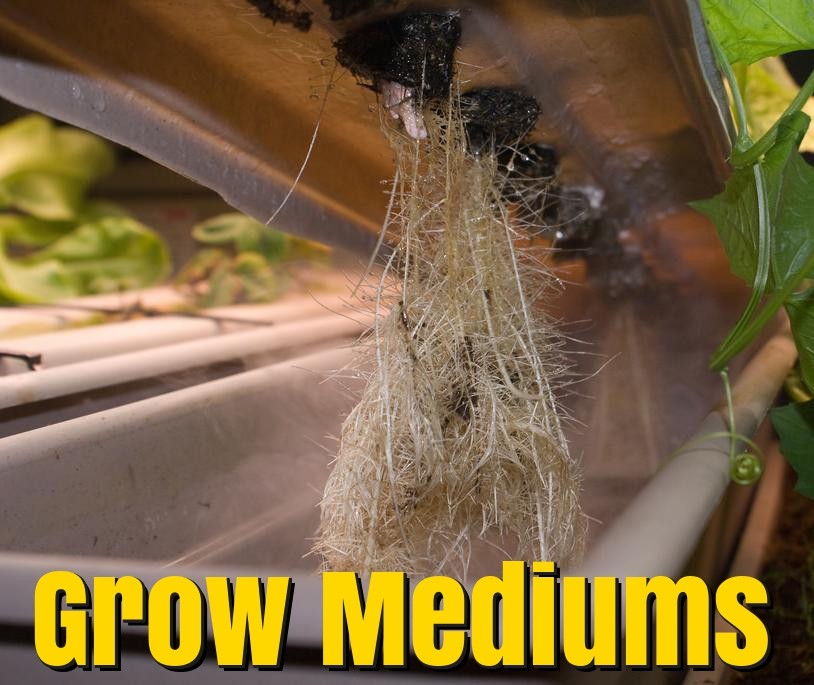
The Difference In Hydroponic Growing Mediums
Since Hydroponics doesn’t use soil, you will need a medium to help support the plants. A good hydroponic medium will help to maintain the oxygen/water ratio and give support for healthier roots. Let’s discuss the difference in various soil-less mediums and find which one will work for you depending on your budget and needs.
What is Coco Coir?
This product has been increasing in popularity among hydroponic gardeners. It is made from a combination of coconut husks that have been grounded together. It has been gaining in popularity with hydro and soil growers alike.
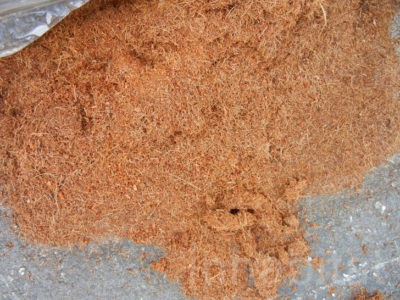 Coco Coir
Coco Coir
There are a few reasons why ground coconut husks are gaining so much popularity. Before we can determine the exact reasons, we need to see what the husk does for the coconut itself.
Coconuts are generally grown in the tropics and have been known to fall into the ocean as they ripen. The husks help in protecting the coconut seeds and flesh from sun and salt damage. In addition, the husk acts as a growing medium for the coconut to create new trees.
Let’s apply these benefits to hydroponics. If you are looking for an excellent hormone rich medium with bio-stimulants that is free of fungus for plants, you are looking in the right place. Coco coir as a grow medium can offer this to you.
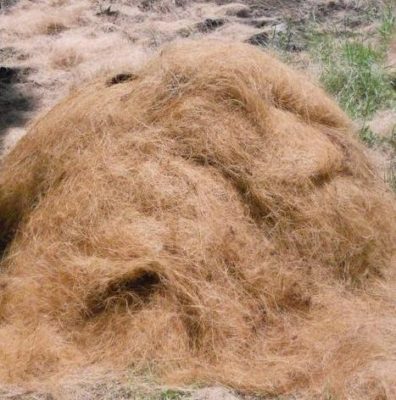 Raw Coconut Fiber
Raw Coconut Fiber
We previously mentioned how the coconut germinates to create new trees. Coco coir works in a similar fashion. It helps all the seeds and seedlings to stay strong in the beginning of the process. You don’t have to be quite as worried about drowning the roots because Coco coir has an excellent air to water ratio. If it were not used in hydroponic applications it can be easily composted.
Below we are going to discuss how to re-purpose a once wasted product in favor of growing more plants.
Grow Tip:
- Couple with fabric pots in order to avoid moisture problems.
- Salts can be a problem when they build up. However, there are some product brands that are made for coco that makes flushing it much easier. A couple of these would be Canna Coco or Smart Pots.
Benefits of Coconut Coir
- Organic
- Sustainable
- Doesn’t Compact
Disadvantages of Coconut Coir
- Sometimes will retain too much water
What is Hydroton?
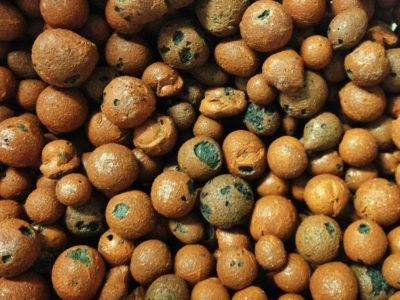
Hydroton or expanded clay pellets are one of the most commonly used Hydroponic mediums. These are made by expanding clay to form round balls. They do not release nutrients into the water stream and are pH neutral. This is arguably the biggest advantage of using this product. Additionally, their spherical shape and porosity help in ensuring that there is a good oxygen/water balance near to roots. This helps to prevent them from drowning or becoming too dry.
There are two disadvantages to using hydrogen pellets that I have found in my experience. These are: weight and draining ability. Hydroponic systems all are a little different. When filling up systems such as ebb and flow, you are going to be left with a very heavy system. They drain and dry very quickly because there is a lot of space between each pellet more than other grow mediums. They are used very effectively to line the bottom of growing tray when draining is an issue. Other than these disadvantages, hydroton pellets are one of the most common mediums to use.
Benefits of Hydroton Clay Pellets
- Reusable
- pH Neutral
- Won’t get compacted
Disadvantage of Hydroton Clay Pellets
- Heavy
- Drain and dry very fast, which may cause the roots to dry out
Rockwool For Hydroponics
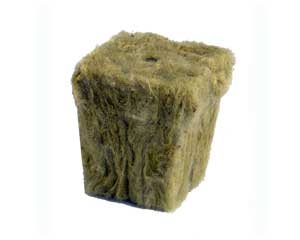
Rockwool is among the most beneficial and commonly used growing mediums.In addition they are high on the pH scale and need soaking to bring down the pH. The fibers can be harmful to eyes, nose, and lungs. The dust can be reduced or even eliminated by soaking the Rockwool in water as soon as you take it out of the package. Rockwool is commonly replaced with starter plugs. However, it has some disadvantages that are worth discussing. It is almost impossible to dispose of. The thin fibers that are made of melted rock will last for an eternity when disposed of.Despite some of these drawbacks it is one of the most popular mediums to use.
Benefits of Rockwool
- Great water retention
- Sterile grow environment for roots
Disadvantages of Rockwool
- Hard on the environment to create
- Never decomposes in landfills
What is Perlite?
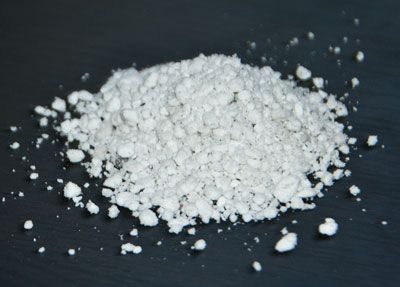
Traditional soil gardeners recognize perlite very well. It is a medium that is completely free of soil. For years it has helped to add oxygen aeration to soil mixes.. It has been created by air-puffing volcanic glass, which creates an extremely light and porous material. It’s one of the best ways to retain oxygen compared to other growing media because its so porous.
The weight can be a major disadvantage for different systems. It can cause the growing material to shift and wash away. Perlite is not typically used by itself. It is generally mixed with coco coir, soil, or vermiculite.
Advantages of Perlite
- Very lightweight
- High level of oxygen retention
Disadvantages of Perlite
- Too light for different hydroponic systems
- Strip mined
- There is some inhalation danger
Many hydroponic growers have tried perlite growing. It has been proven to be effective in some cases. It’s a completely inert medium that won’t interfere with nutrient exchange in the root zone, which makes it a great option for long-term crops. But you should routinely check to make sure your plants aren’t drying out though.
What are Starter Plugs?
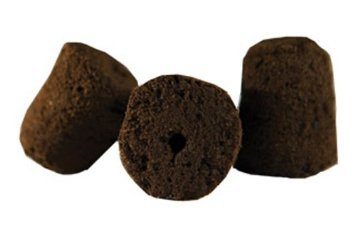
This is a new method in hydroponic gardening. It is made of organic compost and doesn’t break apart like soil due to biodegradable binding that is present in the material.
If you are concerned about sustainability and organic sponge starts are an excellent way to start the seeds and add them into your hydroponics system. These have been used quite often with my seedlings and clones. They have been very convenient in starting large quantities of new plants. They are also very simple to use, which is always a plus. Place them in trays and watch as the roots grow toward the bottom. This is useful when transplanting into any hydroponic system and the roots growing are not as beneficial.
Benefits of Starter Plugs
- Compact
- Perfect for starting seeds
- Sustainability
Disadvantages of Starter Plugs
- Only suitable for starting seeds
- Expensive
Grow Tip:
Gnats have been known to infect the plugs. However, this is only relevant if fungus gnats are an issue in your area.
These following grow mediums are seldom used in Hydroponics. Often if you want to save money or experiment these may be considered. So lets give them an honorable mention.
How about Pumice?
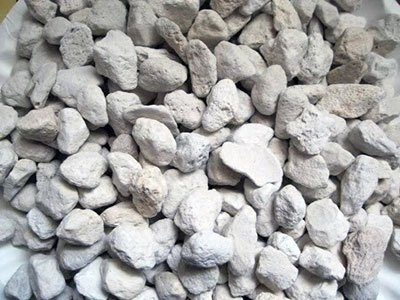
Much like Perlite, this is a lightweight inert mineral that is sold crushed. Its not the most popular medium for Hydroponics but some growers like to experiment with it. Being so similar to Perlite it can often be too light in weight for most Hydroponic systems.
Sand
 Even though it’s rarely used, most people don’t realize that you can actually grow in sand. If you’re in a pinch for your budget you can find this anywhere. Just make sure that it is thoroughly washed and sterilized. If you have a Hydroponic system that uses a water pump then it won’t work.
Even though it’s rarely used, most people don’t realize that you can actually grow in sand. If you’re in a pinch for your budget you can find this anywhere. Just make sure that it is thoroughly washed and sterilized. If you have a Hydroponic system that uses a water pump then it won’t work.
Aquarium Gravel
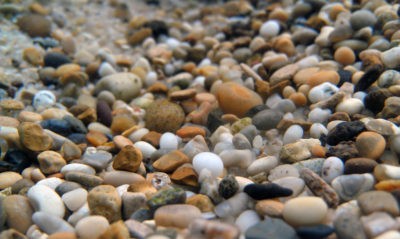
Found at fish stores, just sterilize and use like you would Perlite or other similar mediums. Not as affordable as sand but much better and still pretty cheap. If you have a smaller hobby system, this would work okay and it’s easy to clean.
